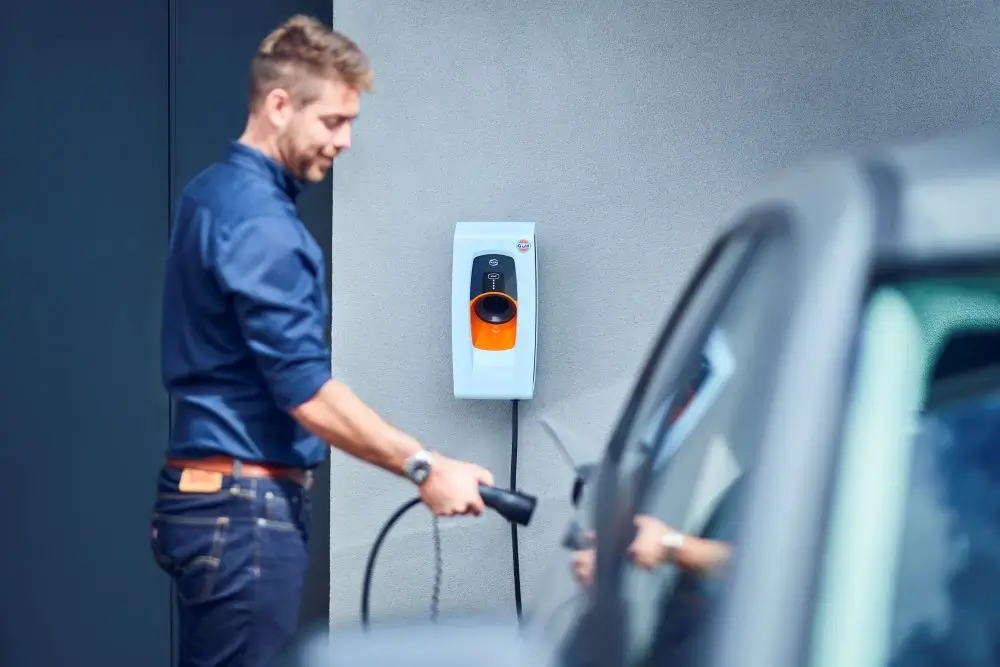Getting the lowest price charging rates for your electric vehicle
12 Jun 2024

If you have recently invested in an electric vehicle, you can benefit from savings on fuel. However, as your new electric vehicle requires charging, you will now be largely reliant on electricity from the grid to power your car - unless you're using solar panels to generate power. The cost of electricity can be volatile and ever-rising prices could bring you unexpected costs.
Thankfully, a new concept known as bidirectional charging is gaining popularity as a way to save money on your home energy costs, with a little help from innovative EV technology.
What is bidirectional charging
If you’ve never heard of it before, bidirectional charging is an exciting new technology that allows energy to flow both in and out of an EV car battery. What does this mean? It means that you can use your car as a mobile power source to store electricity that you gained for a low cost so you can then later use this stored energy to power your home. You can therefore effectively benefit from the lowest tariffs of electricity, rather than be at the mercy of astronomical hikes in peak-time tariffs.
What are the benefits of bidirectional charging for homeowners?
Potential cost savings
Bidirectional charging is typically supported by smart charging technology, which manages the flow of energy in and out of your vehicle. This can reduce your costs by charging the car battery during off-peak hours when energy providers typically charge less. For example, you can program the charger to charge while low tariffs are available (2am-5am for example). That same energy can then be used to power your home in peak hours when utility prices are higher, therefore saving you money on your energy bill each month.
Depending on the rules in the region where you live, you may even be able to sell excess energy back to the grid for a small profit.
Energy independence
Reducing your reliance on the grid, Vehicle to Home (V2H) Bidirectional Charging can serve as an invaluable backup power source during an outage. It can power your home for hours, or even days, while the utility company gets things back up and running. This provides peace of mind that you’ll never be without power when you need it most.
If you’re a business owner, bidirectional charging could be a valuable asset to have during a loss of power, ensuring your operation is never interrupted.
Sustainability
The smart technology often integrated with bidirectional charging is designed to maximise energy efficiency, contributing to a more sustainable power system for your car and home.
It can usually be integrated with renewable energy sources such as solar to further reduce your reliance on the grid with a circular, self-sufficient power supply.
How does bidirectional charging work?
- You charge your electric vehicle with electricity from the grid (i.e. your electricity company). This is called AC energy.
- This energy is stored in your EV car battery. This is called DC energy.
- A bidirectional converter (usually present in the charger) enables DC energy to be converted back into AC energy in order to flow back out and power other devices. Like the lights in your home.
The returned energy can be used for a number of different applications, including as a backup power source for your home, on-the-go, or even charging other vehicles. It can even be sold back to the grid.
The different types of bidirectional charging are known as follows:
- Vehicle to grid (V2G): V2G enables car batteries to discharge electricity back to the grid during peak demand times, such as evening hours when people return home and energy consumption spikes.
- Vehicle to home (V2H): With a V2H charger, power is converted for use in the home, saving money on your energy bills and serving as a backup energy source during power cuts.
- Vehicle to vehicle (V2V): V2V enables one electric vehicle to charge another, a technology which, once widespread, could help to alleviate range anxiety.
- Vehicle to load (V2L): This is a type of bidirectional charging that is becoming increasingly common. It allows you to power small devices and appliances via a built-in converter and 120-volt plug socket.
What are the challenges?
The main challenge of bidirectional charging is that it is not yet widely available. Bidirectional compatible EVs and chargers – the type that allows you to power your home or sell energy back to the grid – are still quite rare.
However, rapid development in this field means the technology is now garnering attention, with growing adoption by most major manufacturers. This means that the widespread availability of bidirectional charging is not too far on the horizon.
As the technology is developed further, issues regarding battery degradation are also being addressed with ongoing research on optimising battery health for bidirectional charging. With responsible use, the benefits of this innovative technology are likely to far outweigh the minimal impact on battery life.
Ultimately, bidirectional charging is a future-proof technology that will soon allow you to get even more from your EV, supporting you at home and on the road, and even putting money back in your pocket.
Did you know Gulf has a home EV charging company that is pioneering the development of bidirectional EV chargers? Find out more about Indra and how they have been at the forefront of this game-changing technology for years.

